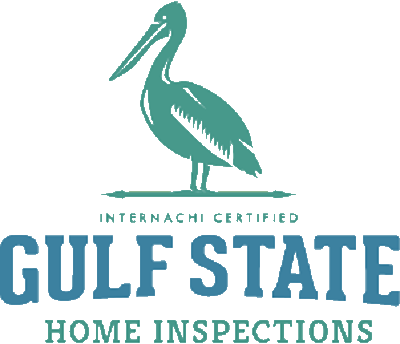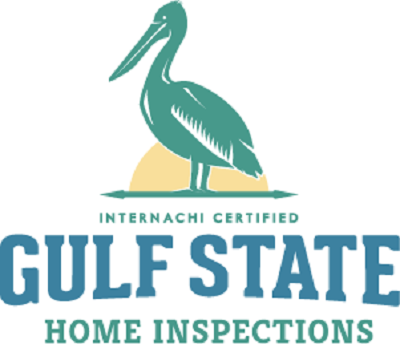Purchasing a home is an exciting yet significant decision, and one of the most important steps is ensuring the property is in good condition. From a home inspection perspective, there are several key things to look for when viewing a potential home. While it’s crucial to trust the expertise of a professional inspector, you can start your own evaluation by being aware of certain red flags. Here’s what to look for during your home tour:
1. Foundation Issues
The foundation is the most critical part of a house, and any signs of damage can be costly to repair. When viewing a home, pay attention to visible cracks on the exterior and interior walls. Uneven floors or doors and windows that stick may indicate foundation settling. While these signs aren’t always a dealbreaker, they could suggest that an inspection by a professional is necessary to assess the severity.
2. Roof Condition
A roof replacement is a significant expense, so it’s essential to inspect the condition of the roof during your visit. Look for missing shingles, sagging areas, or signs of leaks such as water stains on ceilings. An old roof, typically over 20 years old, may need immediate attention or eventual replacement. A professional inspector will have the tools to assess the roof’s condition more thoroughly.
3. Plumbing and Water Pressure
Plumbing issues can be hidden but costly to repair. Check for signs of water damage, such as staining on walls or ceilings, especially near pipes. Test the water pressure by running faucets and showers. Low water pressure could indicate problems with the plumbing system, which can require a significant amount of work to fix. Be on the lookout for leaks around sinks, tubs, or toilets, which may also indicate hidden issues.
4. Electrical System
An outdated or faulty electrical system is not only a safety hazard but also expensive to replace. Look for outdated circuit breakers or exposed wiring during your tour. Test light switches and outlets to ensure they’re functional. Fuses that trip often or flickering lights can be an indication that the electrical system may need an upgrade.
5. Signs of Water Damage or Mold
Water damage, whether from a leaking roof or plumbing issues, is one of the most destructive forces in a home. Look for stains or discoloration on ceilings, walls, and floors that could indicate past or present leaks. Mold, which thrives in damp conditions, may appear as black spots on walls or ceilings, particularly in bathrooms or basements. It’s essential to address water damage or mold before buying, as it could lead to health issues and significant repair costs.
6. HVAC System
The heating, ventilation, and air conditioning (HVAC) system is vital to a home’s comfort. Ask the seller about the age of the system and whether it has been regularly serviced. If possible, check for any visible issues with air ducts or signs of poor maintenance. If the system appears outdated or malfunctioning, it may need replacement sooner rather than later.
7. Windows and Doors
Check for signs of drafts, leaks, or broken seals around windows and doors. Gaps in windows or doors can indicate poor insulation and energy inefficiency, which can significantly increase utility costs. Older windows may be single-pane and less energy-efficient than modern double-pane windows. Inspect the frames for any signs of rot or damage, particularly in wooden windows.
8. Pests or Rodents
While you’re inspecting the house, keep an eye out for signs of pests. Droppings or chewed-up areas around the home can indicate rodent activity. Termite damage is also a common issue in many homes, especially in areas with a warm climate. Look for any wood that’s soft or crumbling, and ask the seller if the home has been treated for termites.
9. Exterior Condition
The exterior of the home is the first line of defense against the elements, so it’s important to assess its condition. Check for cracks in the foundation, exterior walls, or driveway. Look for signs of water pooling around the foundation, which could indicate drainage issues. Examine the siding for any damage or deterioration, and ensure the gutters are securely attached and free of debris.
10. Landscape and Drainage
The landscaping can also affect a home’s condition. Pay attention to the grading of the yard, especially around the foundation. The ground should slope away from the house to ensure proper water drainage. Standing water in the yard or near the foundation could lead to water infiltration in the basement or crawl space.
Final Thoughts
While the above points cover a broad range of home inspection concerns, it’s essential to remember that a professional home inspector can give you a comprehensive report on the property’s condition. While viewing a home yourself is helpful, hiring an experienced inspector ensures that you get a thorough evaluation and can help you make a more informed decision before purchasing.
Ultimately, a good home inspection can save you from future headaches and unexpected costs, giving you peace of mind as you embark on this exciting new chapter.


